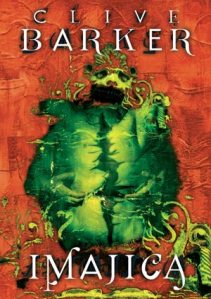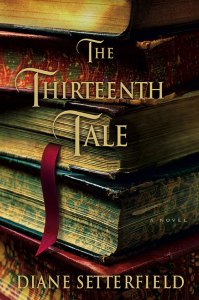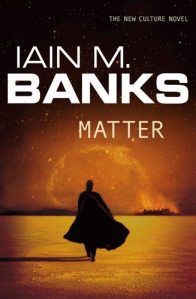 Meet Singapore Three … a city set in a future that’s just around the corner, a nexus of cultures where you can find nanobots and whorehouses, magical drugs and fried noodles, seedy slums and the estates of the rich. And gods and demons from several major religions walk the earth.
Meet Singapore Three … a city set in a future that’s just around the corner, a nexus of cultures where you can find nanobots and whorehouses, magical drugs and fried noodles, seedy slums and the estates of the rich. And gods and demons from several major religions walk the earth.
Zhu Irzh is a rookie cop in the Singapore police department. He’s here on a work visa because he was born in Hell. The Demon and the City is a fascinating send-up of the noir genre, several world mythologies, and some received notions about good and evil. The trouble starts when Zhu Irzh has to investigate a murder while his partner is on vacation. Naturally, matters escalate until there’s a hopping-mad goddess on the rampage in the city, and Zhu Irzh and his friends have to save the day.
Though Williams’s vision of Singapore is fun, it’s the characters that really make this book worth reading. You can never be sure who is a good guy and who is a bad guy, and there is always an ulterior motive. (The murderer is not, absolutely not, who you would expect.) Zhu Irzh is a demon. He’s supposed to be Evil. So why does he have to keep whacking himself upside the head when he starts to care?
One of the characters is a badger who can shapeshift, at will, into the form of a teakettle.
The Demon and the City is part of a series, so there were references to past events that I hadn’t read about, but it wasn’t hard to catch up. In fact, Liz Williams might be trying a little too hard to bring us up to speed. Characters discuss things with each other that they would already know. At one point, Zhu Irzh remarks to one of his colleagues, “I am a demon, you know.”
But it’s a minor fun in a book that was a lot of fun to read. This book pushes the envelope – is it urban fantasy or is it science fiction? I’m definitely going to be looking up the other books in the Detective Inspector Chen series.
 It’s been a while since I’ve done a book review on Steam Trains, but this one’s another doorstopper. It’s the dark fantasy epic Imagica, and I almost don’t know what to say about it.
It’s been a while since I’ve done a book review on Steam Trains, but this one’s another doorstopper. It’s the dark fantasy epic Imagica, and I almost don’t know what to say about it.








